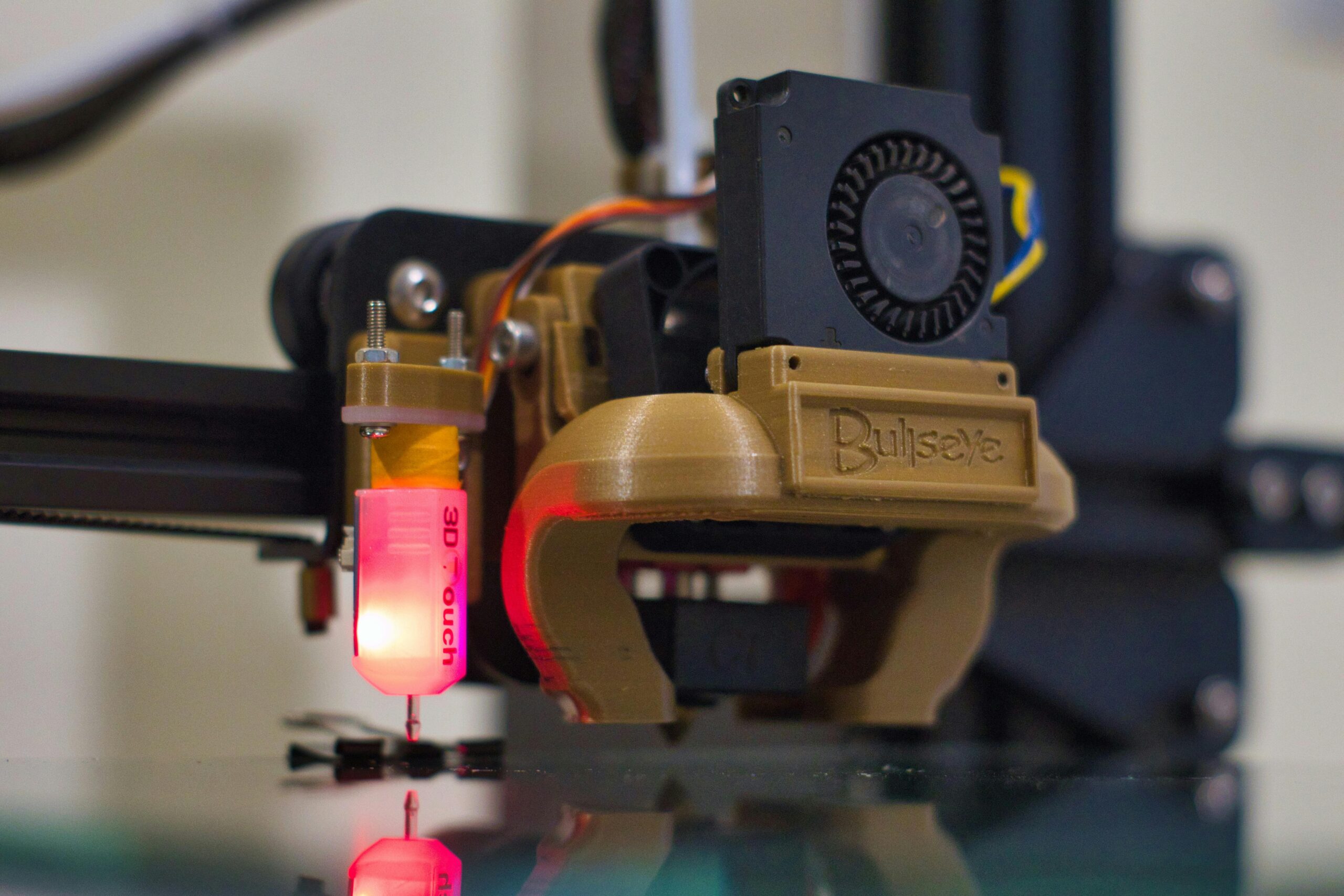World-first research from the University of South Australia shows that drug-loaded 3D printed films could change cancer treatments forever.
The 3D printed films are made from gels loaded with personalized doses of anti-cancer drugs 5-fluorouracil and cisplatin, which are placed at the exact surgical site where a cancer has been removed. The article was published in the International Journal of Pharmaceutics.
Precision-cut films have the potential to treat ovarian cancer, head and neck cancer, and many other cancers, where 5FU and Cis have already proven successful.
Every year, more than 800,000 people are diagnosed with this cancer around the world. The third cause of cancer death is liver cancer, with a 75% mortality rate.
The novel films have the potential to revolutionize liver cancer treatments, according to Dr. Souha Youssef.
Dr. Youssef says that despite medical strides, liver cancer remains a highly aggressive and deadly form of cancer with recurrence rates of up to 70%Surgical removal of the tumor followed by chemotherapy is crucial to prevent relapse, but it is very challenging due to its debilitating side effects.
Many patients choose to discontinue treatment due to its aggressiveness and how it is affecting their quality of life, according to striking statistics.To address this gap, we developed a post-surgery chemotherapy-loaded film that releases 5-fluorouracil and cisplatin directly into the surgical cavity. The drugs are released into the exact cavity and in smaller amounts into the bloodstream, which otherwise can cause serious side effects at large doses.
The gel patches are loaded with chemotherapy drugs.
Using cutting-edge 3D printers, researchers have been able to customize treatment plans for each patient, with in-lab tests yielding a higher rate of success in the treatment of liver cancer.
The senior researcher and co-director of UniSA’s Center for Pharmaceutical Innovation, Professor Sanjay Garg, believes that a specialized approach to cancer treatment is crucial for enhancing patient outcomes.
The diverse nature of cancer renders a one-size-fits-all approach unsuitable, according to Professor Garg.
Adding or removing active ingredients based on individual needs is possible with a simple touch of a button.
We demonstrate controlled drug release lasting up to 23 days, which ensures sustained treatment benefits.
It’s a more convenient and patient-friendly option for liver cancer therapy because of the biodegradable nature of the films, eliminating the need for surgical removal after treatment.
The research team will soon move into preclinical trials to establish a crucial correlation between tumor size and the optimal dosing and release profile. This will set the stage for potential clinical trials in the future.
Source:University of South Australia

1 thought on “The targeted liver cancer treatment could reduce the side effects of chemotherapy by killing cancer cells.”